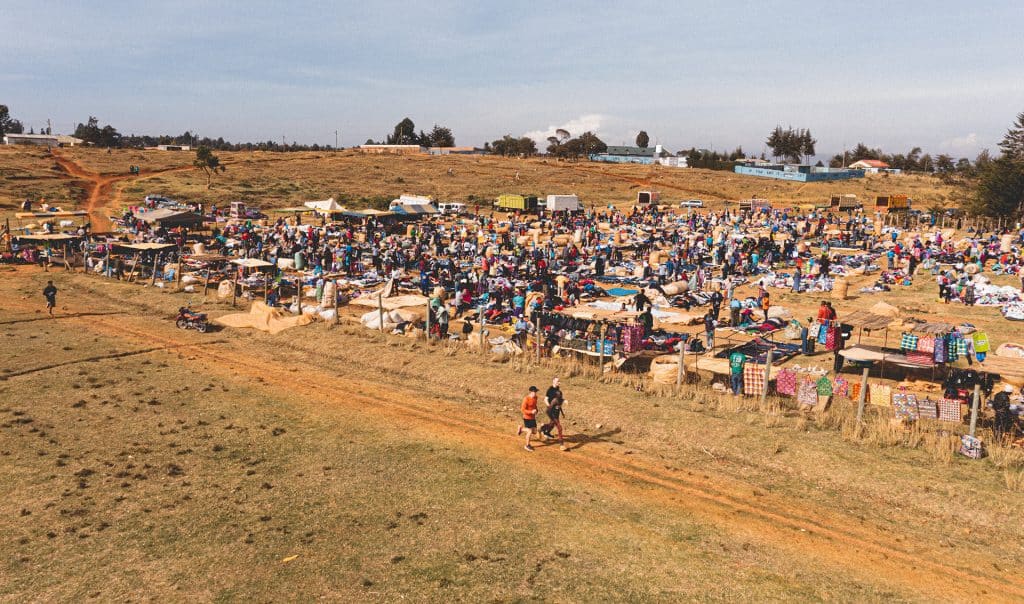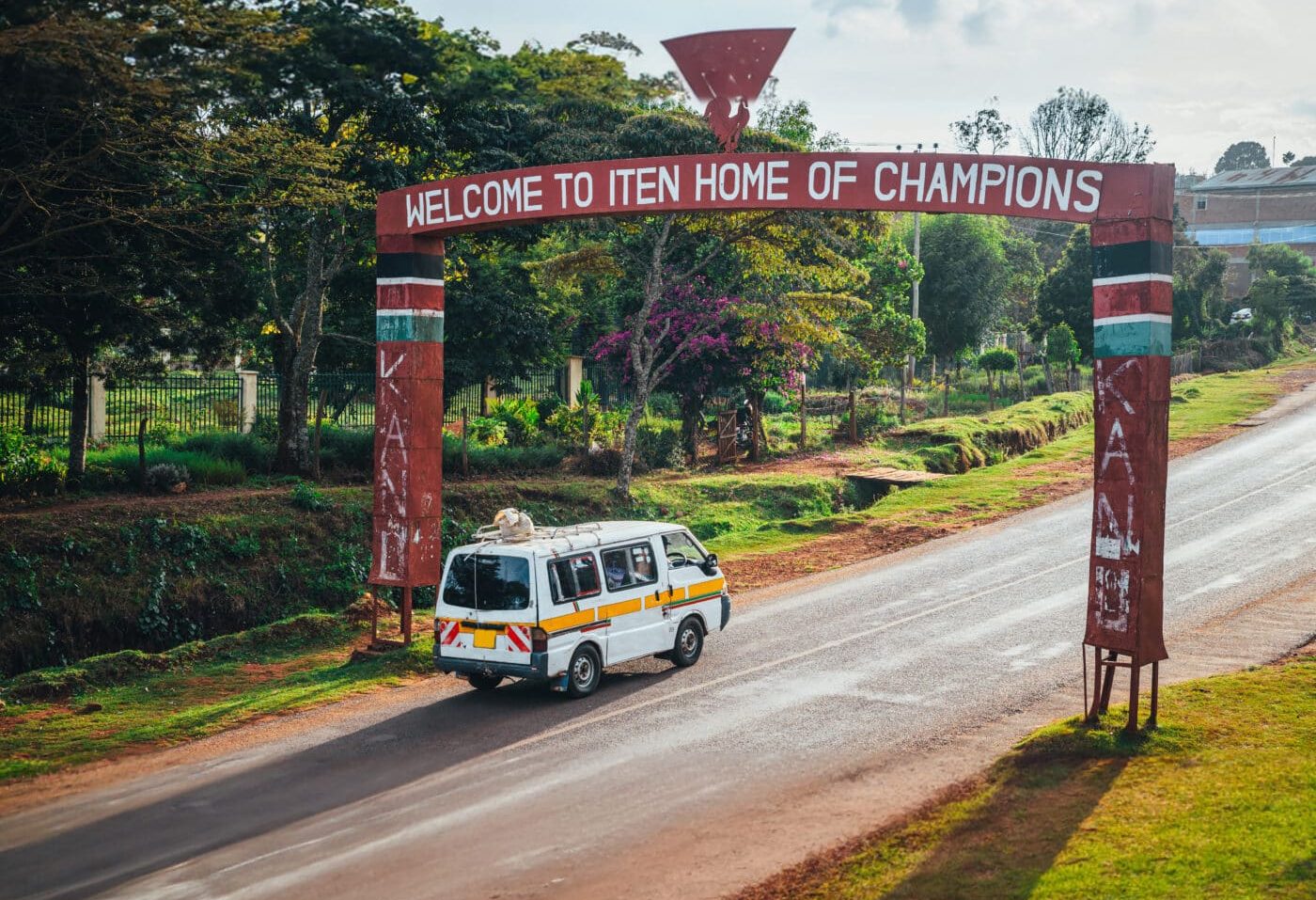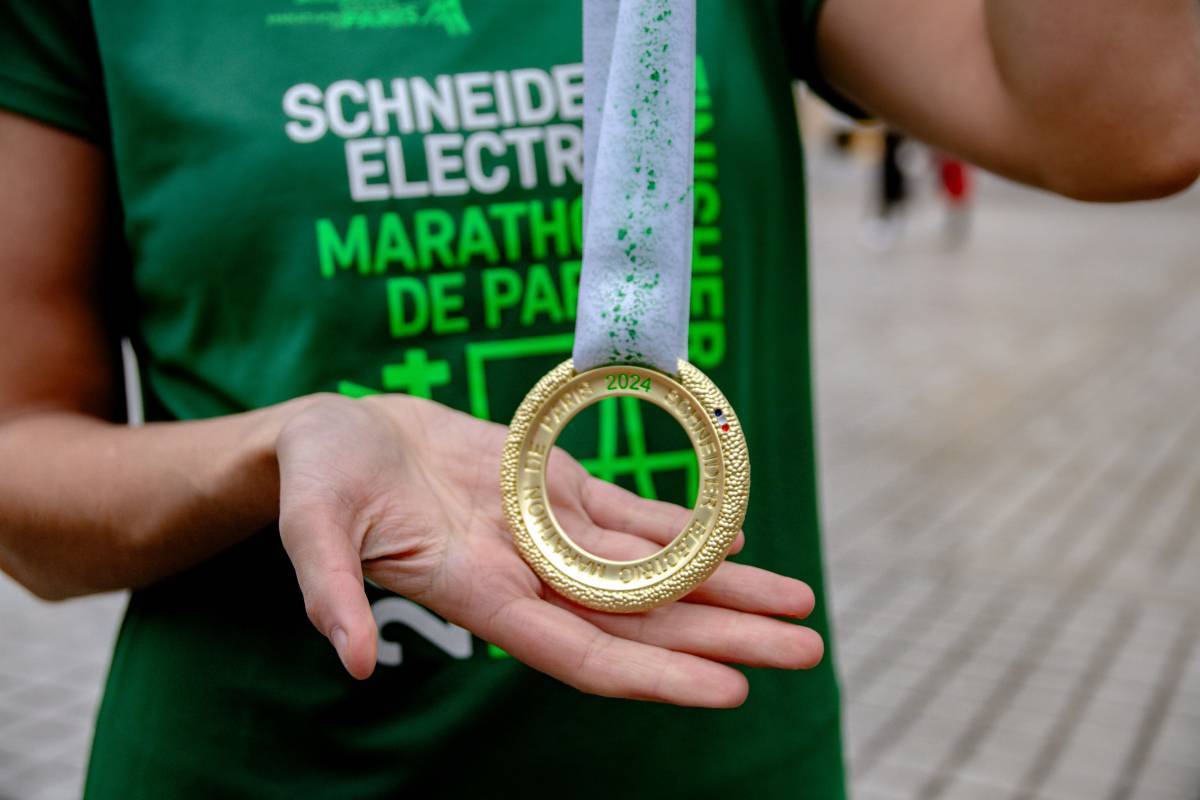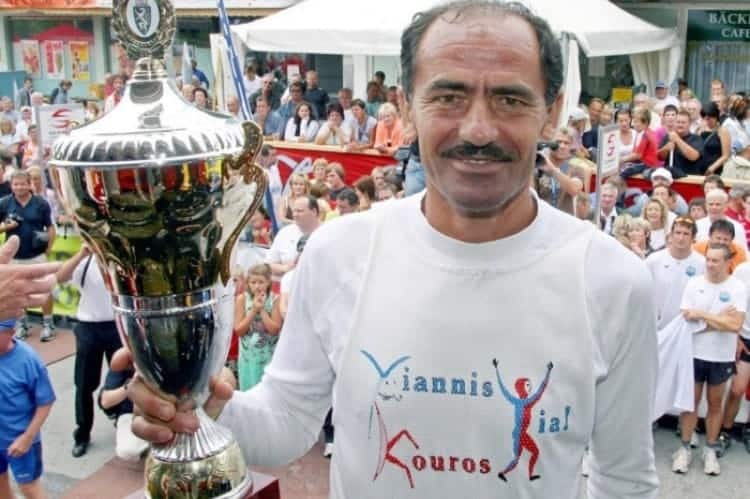Kenya: From Nyahururu to the “Valley of Champions”
Since the 1970s, Kenya has never stopped developing world-class training structures. It all began in Nyahururu, before the towns of Iten and Kaptagat took over. Today, Kenya—more than ever the true Home of Champions—continues to attract runners from across the globe while shaping the country’s own greatest athletes.
This is the second part of Marathons.com’s series on Kenya. The first installment, published on August 19, explored the nation’s rise to long-distance running superpower. This time, we focus on the three cities that built that legacy: Nyahururu, Iten, and Kaptagat.
| Nyahururu: Where It All Began
The story of Kenyan training camps doesn’t start with today’s bustling Iten, but in Nyahururu, a highland town about 200 km from Nairobi. Back in the 1970s and 1980s, this was the heart of Kenya’s first running communities. It was here that Kipchoge Keino, Kenya’s first global athletics star, trained. At the time, Nyahururu’s stadium—one of the very few in the country—was the gathering point for nearly all Kenyan runners. In fact, this was the base where Keino and the national team prepared for the 1968 Mexico City Olympics, the Games that first revealed Kenyan athletes to the world. Today, the stadium has fallen into disrepair, but its history remains monumental. By the 1980s and 1990s, however, the country’s athletic center of gravity had shifted west to the Rift Valley, where growing professionalism, foreign coaches, and international managers began refining training structures.

| Iten and Kaptagat Take Over
If Nyahururu laid the foundations, it was Iten, perched at 2,400 m (7,900 ft), that transformed Kenya into the running mecca it is today. The turning point came in 1976, when Irish missionary Colm O’Connell arrived at St. Patrick’s High School. Under his guidance, the school became a factory of champions. More than twenty of his athletes went on to win world or Olympic titles—including David Rudisha, Vivian Cheruiyot, Matthew Birir, and Brimin Kipruto. From there, a full-fledged running culture took root. Camps multiplied, and Iten became known worldwide as the capital of distance running. Today, its dirt tracks and hilly roads are filled with groups of athletes, Kenyan and international, professional and amateur alike. The influx has spurred rapid development: training camps, gyms, recovery facilities, and even sports tourism. In many ways, running has become an industry here.
About 30 km away lies Kaptagat, quieter and more exclusive. Unlike Iten, which welcomes both elites and foreign amateurs, Kaptagat is reserved for the very top. It is here that Eliud Kipchoge, the greatest marathoner of all time, has trained for more than two decades. His camp, austere and almost monastic, blends altitude (2,400 m), pristine nature, and collective discipline—a formula that has produced unmatched consistency and performance.
| A Boom in Private Training Camps
Iten today is dense with private running facilities—so many that it’s impossible to name them all. One of the most renowned is the High Altitude Training Centre (HATC), founded by Dutch-Kenyan athlete Lornah Kiplagat, a former marathon champion (Los Angeles 1997 & 1998). The HATC offers integrated accommodation, training facilities, and recovery services, allowing runners to focus solely on performance. Other camps go even further: Kenya Camp provides pacers and coaching, while JC Iten Training Camp offers a similar package of housing, facilities, and support. Here, the only requirement is the ability to pay for a stay. Brands have also entered the scene. In November 2023, the running label Kiprun opened 42 House, a residential training center hosting about 20 male and female athletes. Beyond elite preparation, it partners with local schools to train young runners aged 13–18. Among the staff: none other than Colm O’Connell, still shaping Kenya’s future champions. There’s also The Swiss Side in Iten, a high-end facility aimed at runners seeking state-of-the-art recovery and tailored high-performance training.
In Kaptagat, private initiatives are fewer but more focused on the elite. The Great Rift Valley Sports Camp has hosted stars like Eliud Kipchoge, Geoffrey Kamworor, and Moses Tanui, working closely with the athlete management agency Global Sports Communication. It provides a secluded environment, ideal for total focus—less crowded and commercial than Iten. The internationally renowned NN Running Team, founded in 2017 and home to Kipchoge himself, also operates its own training center in Kaptagat.
For over half a century, Kenya has nurtured a unique culture of running, one that has shaped not just its own athletes but countless foreigners who come to train in the Rift Valley. Today, amid the global boom in running, Iten and—more discreetly—Kaptagat offer an ever-growing array of options. But one thing stands out: few of these private structures are Kenyan-owned. That’s a missed opportunity. The global prestige and economic benefits of running could—and should—flow more directly to the local population that gave the world its greatest champions.

Charles-Emmanuel PEAN
Journalist



